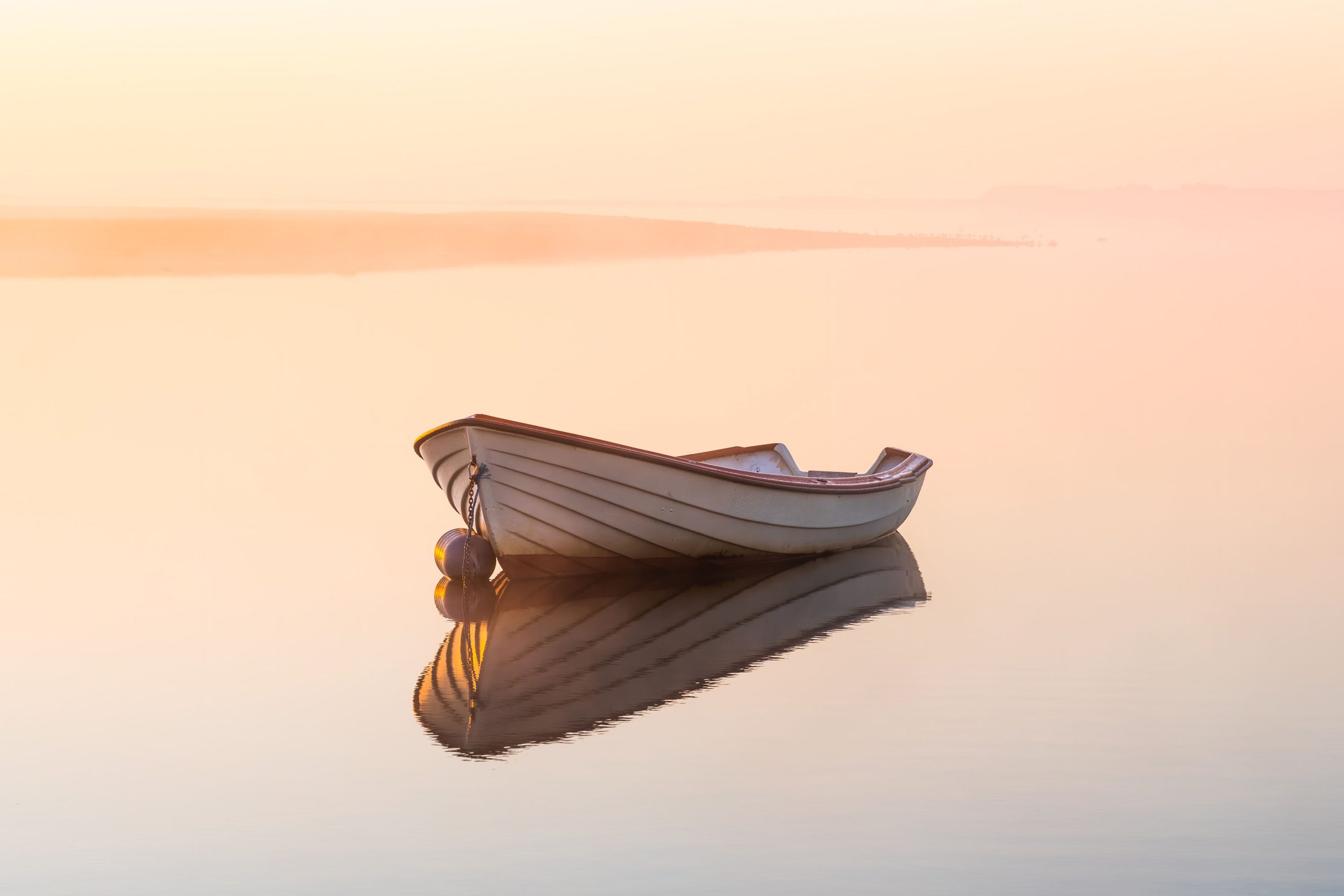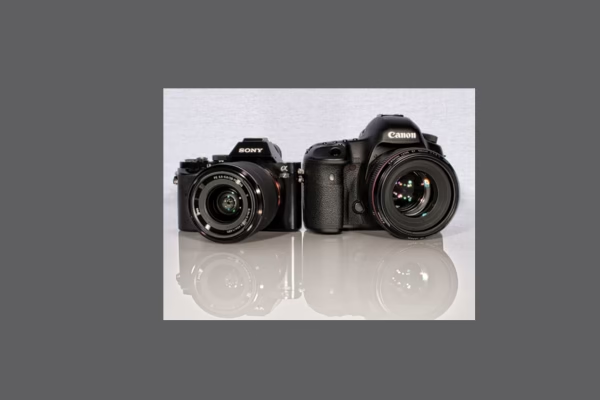In a time when our senses are saturated by noise, clutter, and constant speed, minimalism in photography offers something precious — quiet. It is more than a style or technique; it is a way of seeing that gentle whispers, “Less is more.” Through simplicity, it uncovers the essence of moments often lost in our hurried vision.
Minimalism in photography removes the unnecessary. Rather than crowding the frame with many subjects, it invites us to notice one — a subject, an emotion, or a single idea. It lets the image breathe. Negative space — a wide sky, an empty wall, a stretch of sand — becomes as meaningful as the subject itself. Within that openness, the photograph speaks louder than any cluttered composition ever could.
Picture a solitary tree standing against a pale horizon. No city surrounds it, no crowd competes, no dramatic sunset steals attention. Alone, the tree becomes a storyteller — of endurance, patience, and the beauty of stillness. This is the poetry of minimalism: it does not demand attention; it earns it through calm presence.
Minimalism also reshapes how we observe. The photographer acts as an editor of reality, deciding what to leave out rather than what to include. The world is filled with chaos, but the minimalist eye finds the single fragment that matters. A shadow tracing a wall, repeating lines in architecture, or a lone boat on silent water — these moments show that beauty is not always in abundance, but in restraint.
Color plays a vital role as well. A single hue can transform the ordinary into something striking. Imagine a red scarf in a field of white snow, or a yellow umbrella on a rainy grey street. When the stage is clear, even one color carries weight. Every tone feels deliberate, every detail more profound.
What moves us in minimalism is not only what we see, but what we feel. A minimalist photograph invites stillness, urging us to pause, breathe, and reflect. It echoes our desire for simplicity in a complex world. It proves that emptiness is not absence, but fullness waiting to be experienced.
For the photographer, minimalism is both art and discipline. It requires restraint — to resist capturing everything, to allow silence in the frame. It is not about what the lens shows, but about what the photographer chooses to leave unseen. Omission becomes as powerful as inclusion.
Minimalist photography is like poetry. Just as a poem uses few words to reveal great truth, a minimalist image uses fewer eleme nts to create lasting impact. Its beauty lies in restraint, its strength in focus.
nts to create lasting impact. Its beauty lies in restraint, its strength in focus.
As viewers, we are drawn not because such images overwhelm us, but because they free us. They remind us that clarity is possible, that beauty can be simple, and that often the quietest vision is the one that stays.
Minimalism in photography is not about less. It is about finding more meaning in what remains.
Tips for Creating Minimalist Photos
1. Focus on One Subject
Choose a single point of interest. A chair in an empty room. A boat on calm water. By isolating your subject, you give it importance and clarity.
2. Use Negative Space
Don’t be afraid of emptiness. Empty skies, blank walls, or wide stretches of sand can make your subject stand out more dramatically. Negative space adds calmness and elegance.
3. Play with Lines and Shapes
Minimalism often highlights geometry. Look for strong lines, repeating patterns, or bold shapes. For example, the symmetry of a staircase or the curve of a shadow can become your subject.
4. Experiment with Color
A minimalist photo doesn’t have to be black and white. Sometimes a single bold color is enough. Think of a bright yellow door on a plain white wall. Keep the palette simple so the color has impact.
5. Simplify Your Composition
Before pressing the shutter, ask yourself: What can I remove? Clean backgrounds, fewer distractions, and tight framing all lead to stronger images.
6. Embrace Silence
Minimalism is about slowing down. Don’t rush to capture everything. Wait. Watch. Let the subject reveal itself in its simplicity.


